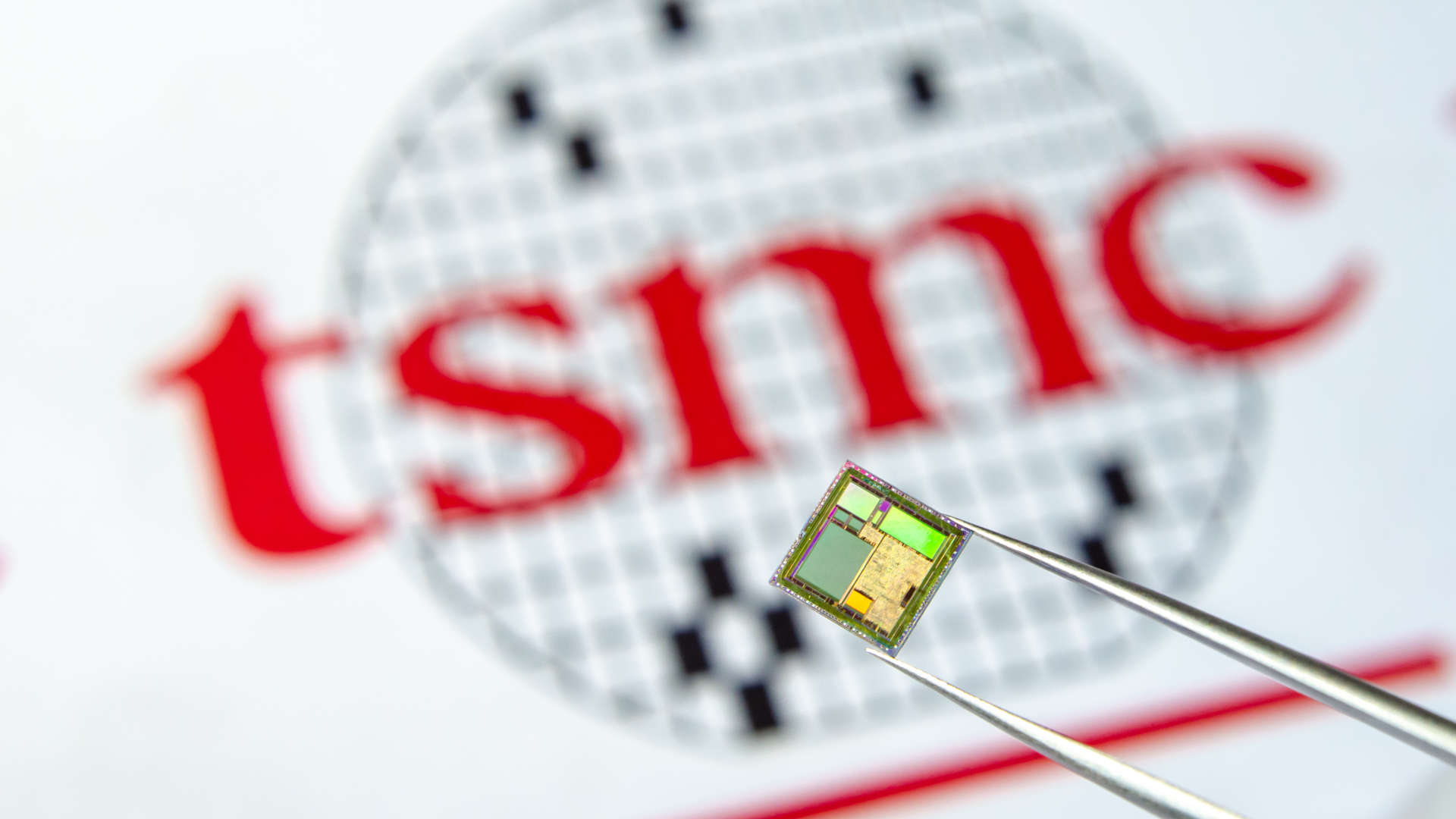TSMC mentions 1.4nm process tech for the first time, says 2nm remains on track

Development of TSMC's 1.4nm-class manufacturing technology is well underway, the company revealed during the Future of Logic panel during the IEEE International Electron Devices Meeting (IEDM). TSMC also re-emphasized that mass production using its 2nm-class fabrication process is on track for 2025.
TSMC's 1.4nm production node is officially called A14, according to a slide published by Dylan Patel from SemiAnalysis. For now, TSMC has not disclosed when it plans to start high-volume manufacturing (HVM) on A14 and its specifications, but with N2 scheduled for late 2025 and N2P set for late 2026, it is reasonable to guess that A14 is coming after that (2027 - 2028).
When it comes to features, A14 is unlikely to adopt vertically-stacked complementary field effect transistors (CFETs), although TSMC is exploring the technology. Therefore, A14 will probably rely on the company's 2nd or 3rd generation gate-all-around FETs (GAAFETs) — just like N2 nodes.
Nodes such as N2 and A14 will require system-level co-optimization to really make the difference and enable new levels of performance, power, and features.
Whether TSMC plans to adopt High-NA EUV lithography tools for its A14 process technology in the 2027 - 2028 timeframe remains to be seen. Given the fact that by that time Intel (and possibly other chipmakers) will have adopted and perfected next-generation EUV litho machines with a 0.55 numerical aperture, it should be fairly easy for the contract maker of chips to use them. But because High-NA EUV lithography tools halve reticle size, its usage will bring some additional challenges to both chip designers and chipmakers.
Of course, lot may change between now and 2027 - 2028, so we can't make too many assumptions. But it's evident that TSMC's scientists and developers are working on next-gen production nodes.
Get Tom's Hardware's best news and in-depth reviews, straight to your inbox.

Anton Shilov is a contributing writer at Tom’s Hardware. Over the past couple of decades, he has covered everything from CPUs and GPUs to supercomputers and from modern process technologies and latest fab tools to high-tech industry trends.
-
George³ It would be incredible to mass produce this process from 2027, after the factory goes online for the first time in that year, even a previous Tom's article has it. It will take enough time for adjustments to specific chips. Then, as usual, there will be initial production... I'm betting on the beginning of 2029, for real mass production, with a tolerable percentage of defective chips.Reply